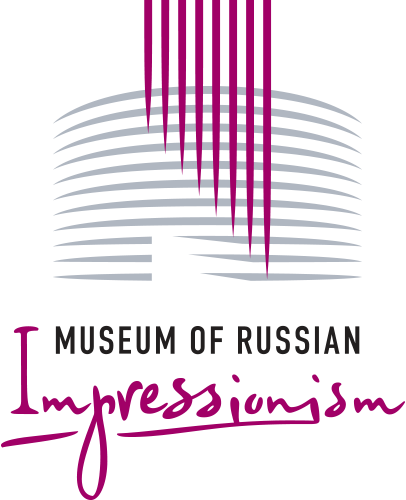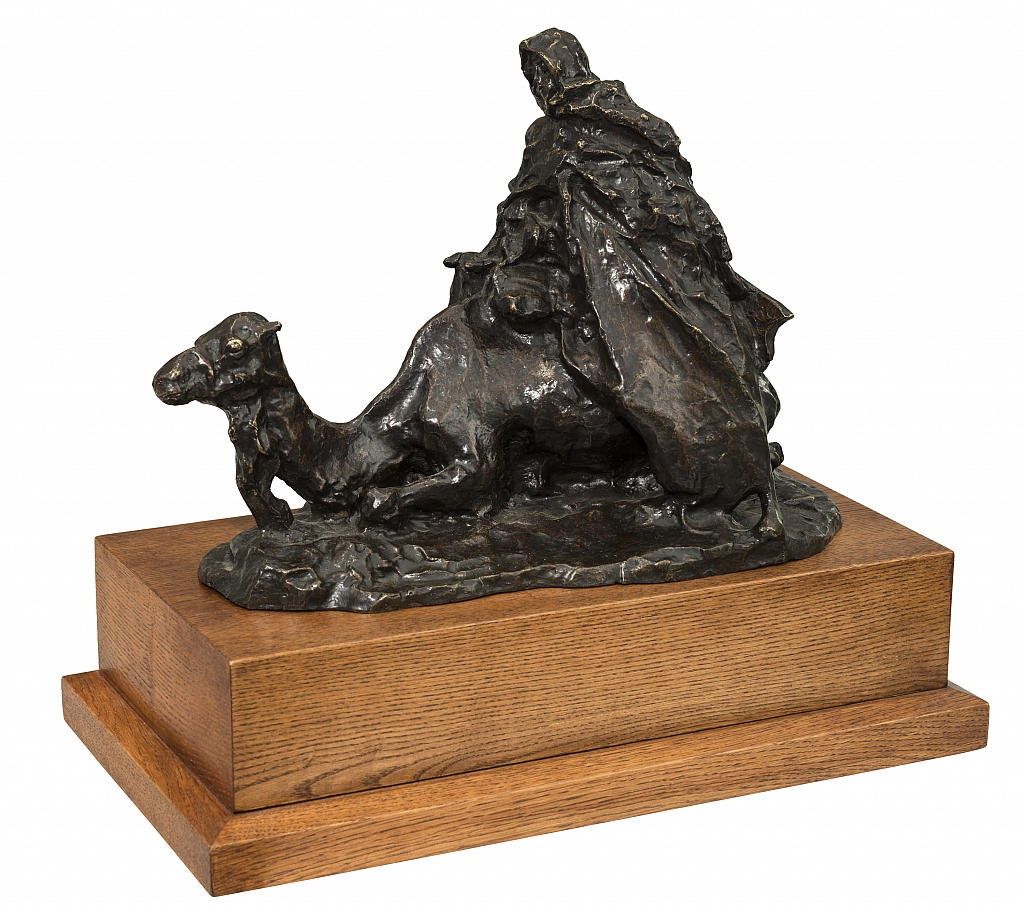The sculptor Pavel Trubetskoy taught in the Moscow School of Painting, Sculpture, and Architecture, and was distinguished by his use of extravagant tempera and special gloss. “High”, “prominent”, as they wrote about him in the press. He had beautiful manners and was both able to hold on to European customs and be liberated from them.
In Moscow he built a separate workshop for sculpture. It had high, with light coming in from the top, and wide doors, through which people could freely go with “pair carriages and Cossacks on horseback” as Boris Pasternak remembered. He turned out to be an unwitting observer of all that occurred there. The window of his father Leonid Pasternak’s apartment looked into the workshop. The Director of Moscow School, Prince Alexei Lvov, in order to keep Trubetskoy, was in a hurry to build for him a bronze casting workshop and wrote from Italy a great caster Carlo of Robekki.
The work “Bedouin and Camel” was most of all related to the Russian period of creative sculpture. This time was the most significant and fruitful in the creative life of Trubetskoy. During this time, the artist’s skills greatly increased. During his life, no one doubted that Pavel Trubetskoy deserves a prominent place in the world history of sculpture at the turn of the 20th century.




